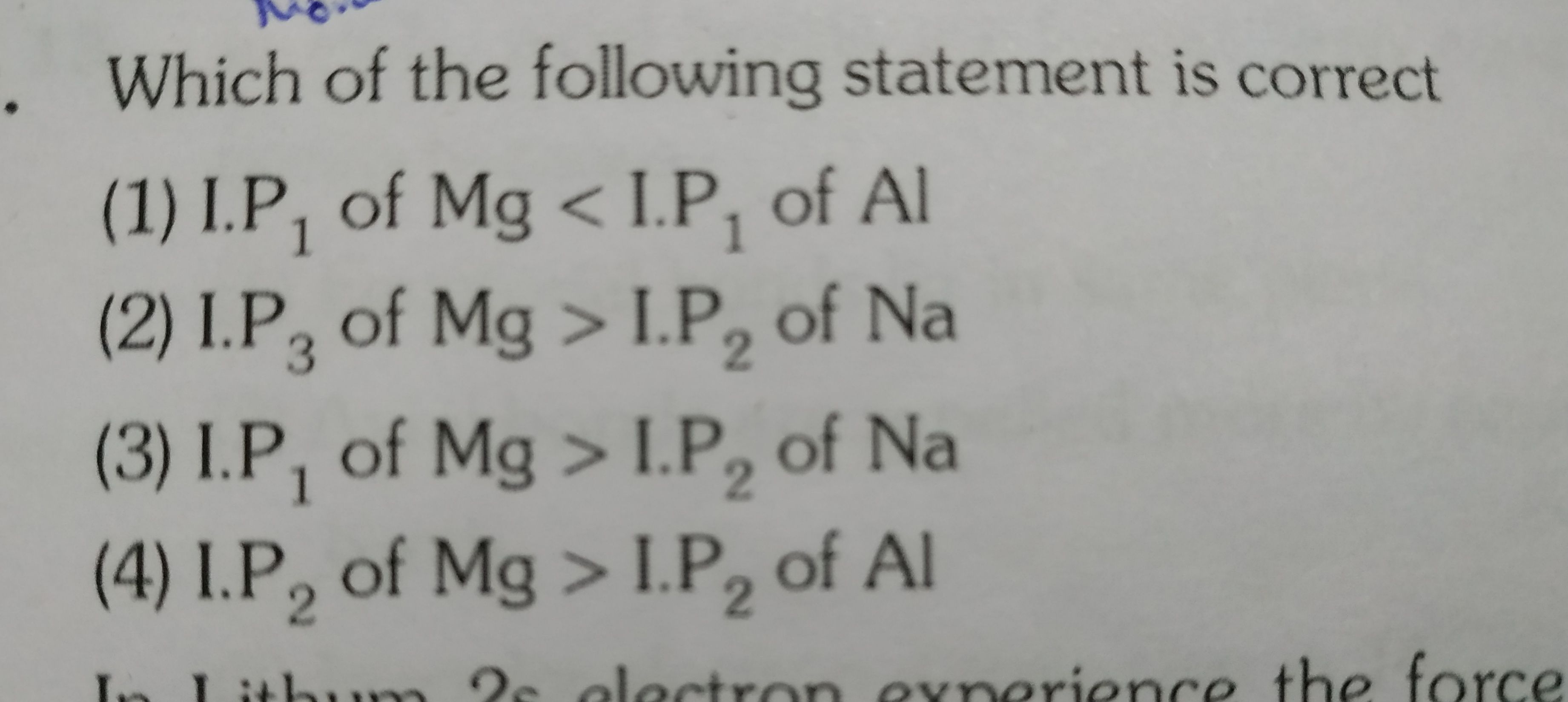NEET Class neet Answered
The energy released when an electron is added to a neutral atom is called an electron affinity.
The minimum energy will release in case of B → B-.
an increase in atomic size increases, electron affinity decreases as the incoming electron gets added further away from the nucleus.
Therefore, the incoming electron will be more attracted to the nucleus and the energy gain when adding the electron will be more that is electron affinity increases.
Cl belongs to 3rd period hence it’s affinity is more than rest.
Boron, Nitrogen and oxygen belong to the same period but as per the trend the size of boron is bigger hence its electron affinity is less.
Therefore, the formation of boron anion requires minimum energy.



